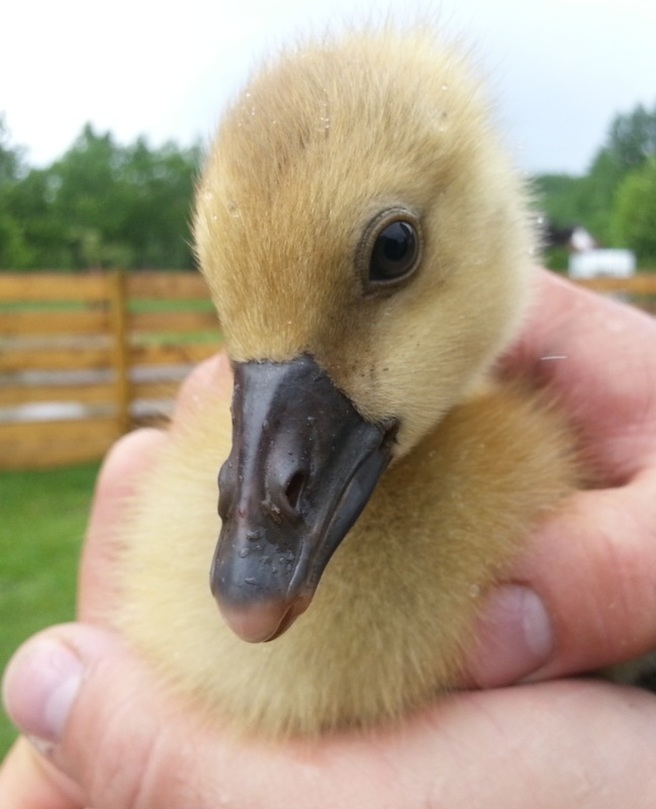 Toulouse, Embden, Pomeranian Saddleback cross gosling.
Toulouse, Embden, Pomeranian Saddleback cross gosling. What happens when these geese grow up? Some will be sold unsexed, since I have no idea what the sexes are until they start to mate. There is a way to tell, best when they are first out of the egg, but I am not about to catch those babies and turn them upside down and look. Depending on the hatch numbers of the next two nests, there will be a lot of little goslings running around. Fortunately, they mostly eat grass, with bugs and worms as a protein supplement, so they feed themselves. I have had to feed the ones hatched in the incubator, goslings and ducklings, twice daily otherwise. Soon, I will liberate them though, since they are mostly feathered, and they can forage as well. There are now three Rouen ducks sitting on nests of nine to ten eggs, so there will be more ducklings too.
The geese that are not sold as young adults will be taken to the butchers for winter roast goose. People do not eat much goose around here. It was always my father's favourite, preferring it by far to turkey, which he said was dry. I do enjoy roast goose too, and the young geese at the season's end are in prime condition, grass fed and tender. It is not that I set out to raise geese for meat, but that is the choice given at the end of summer since no farm needs 30 geese! Young goose sells for $50 per goose, if anyone would like to preorder. Hint hint.

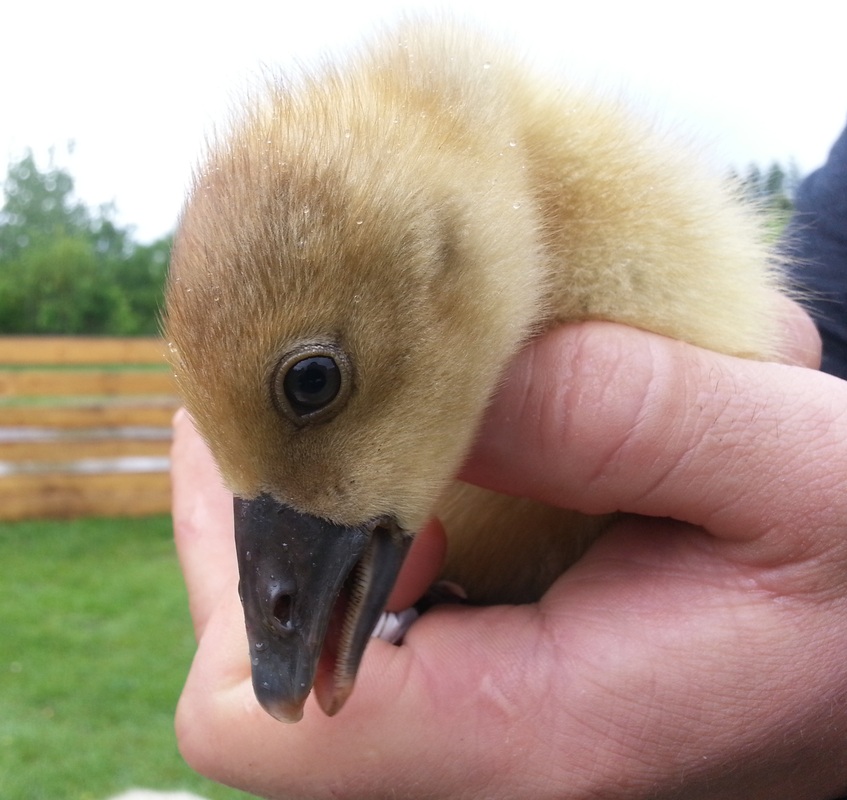
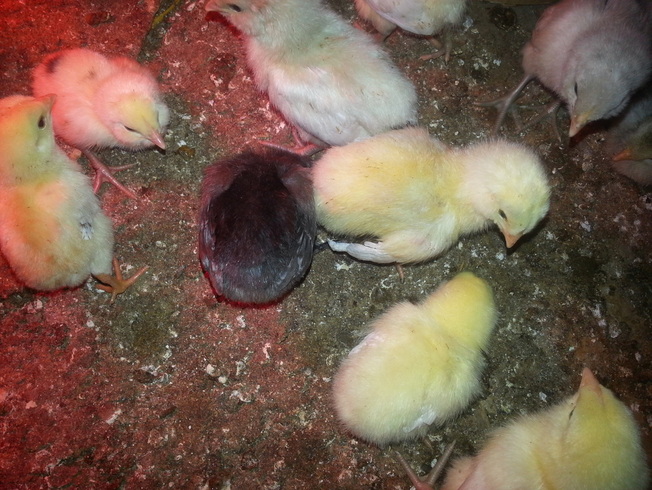
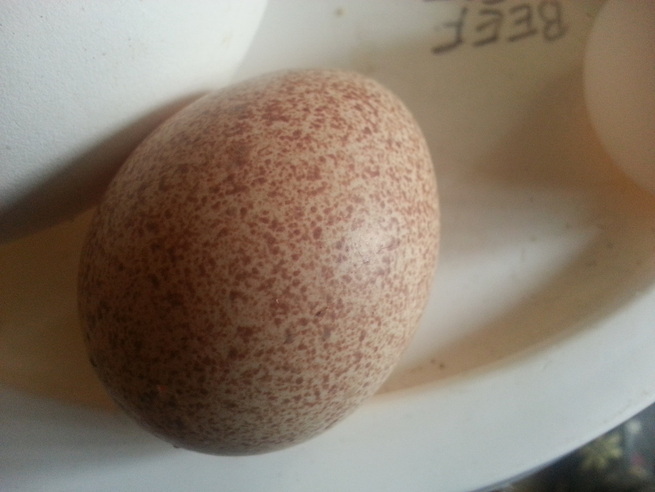

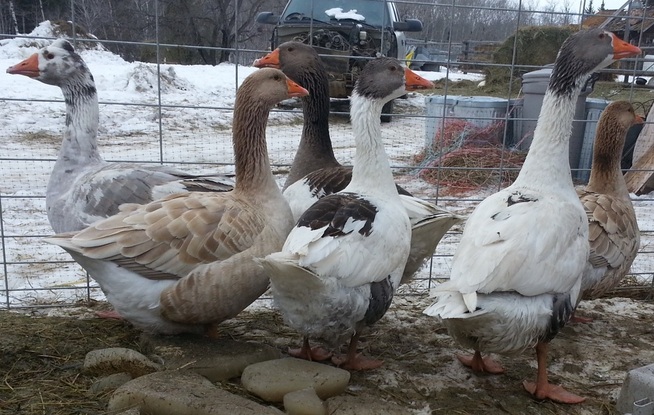
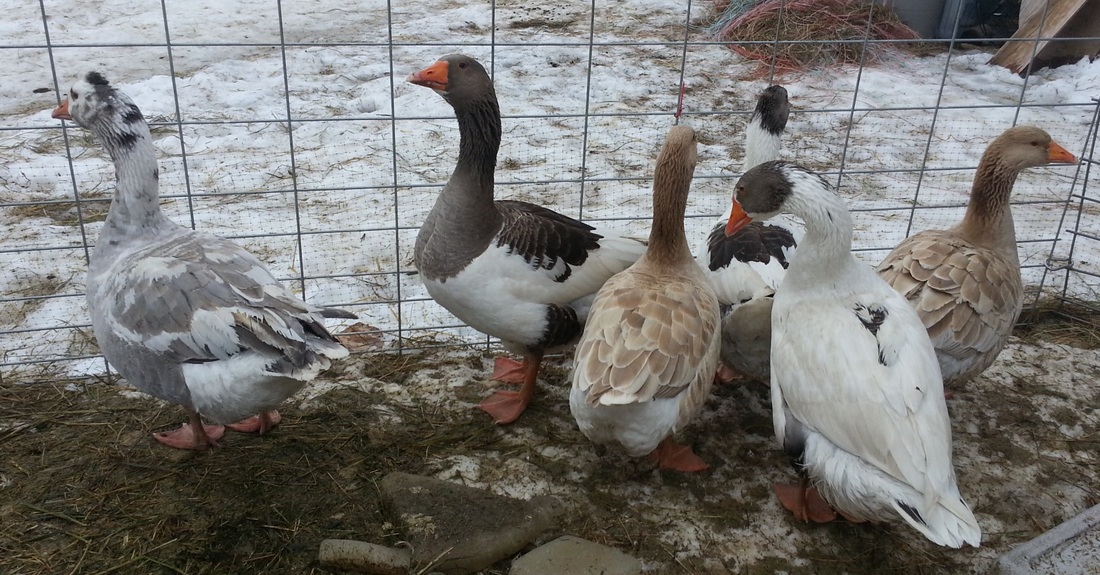
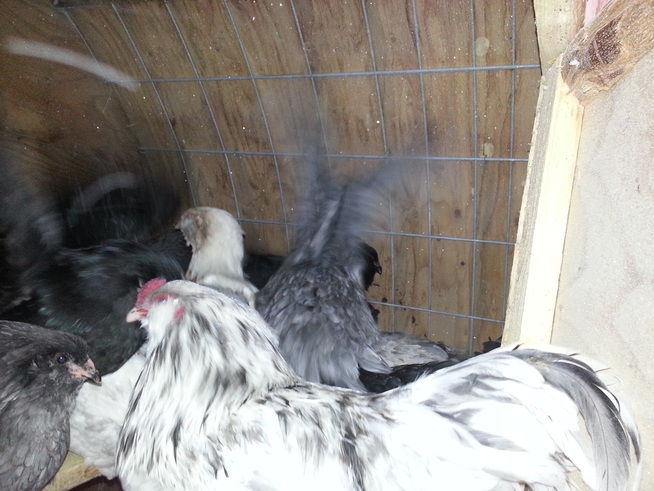

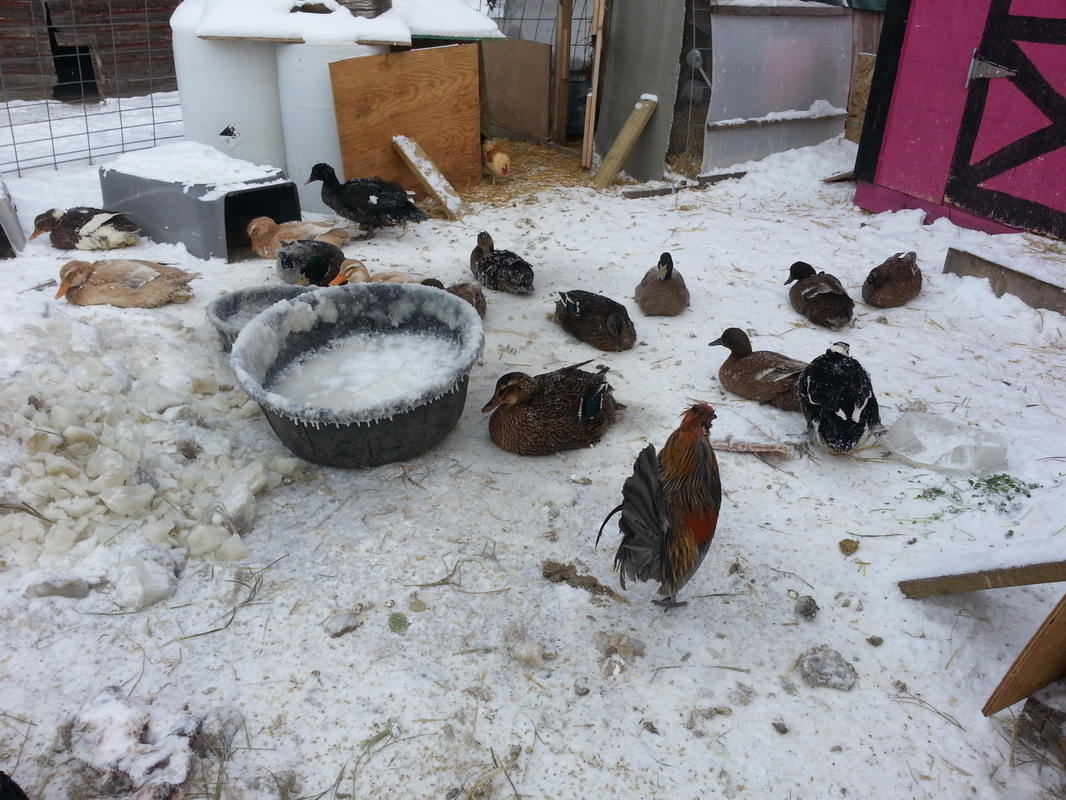
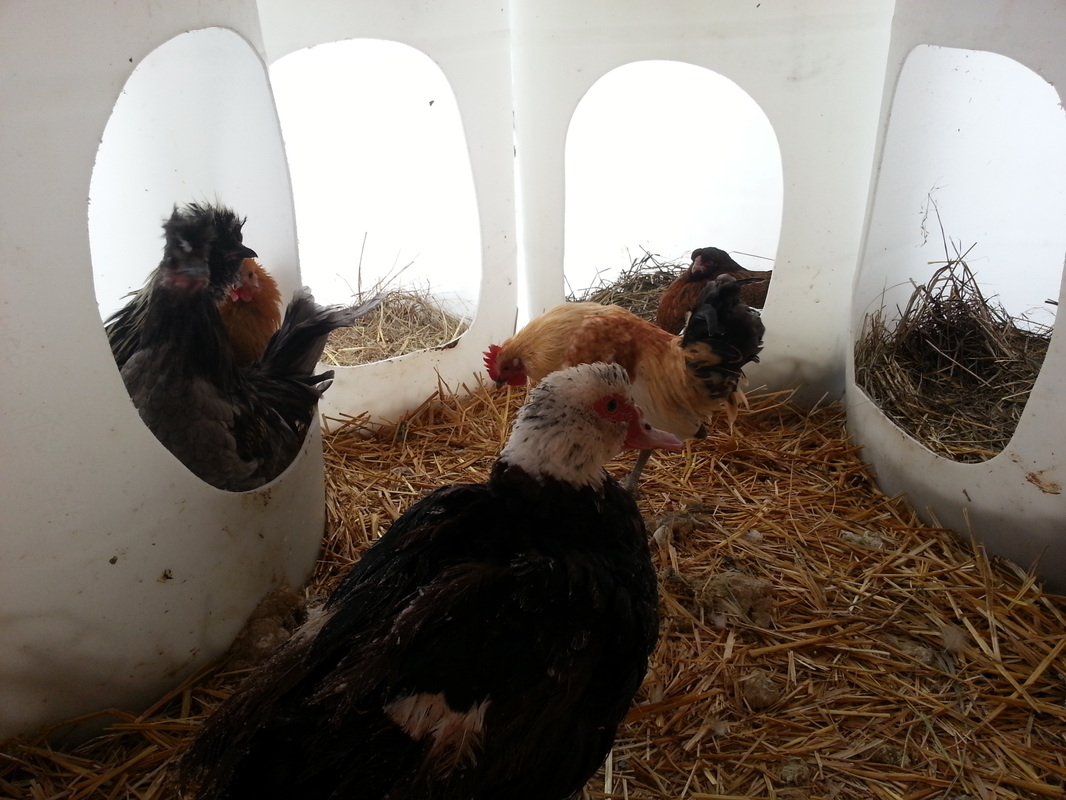

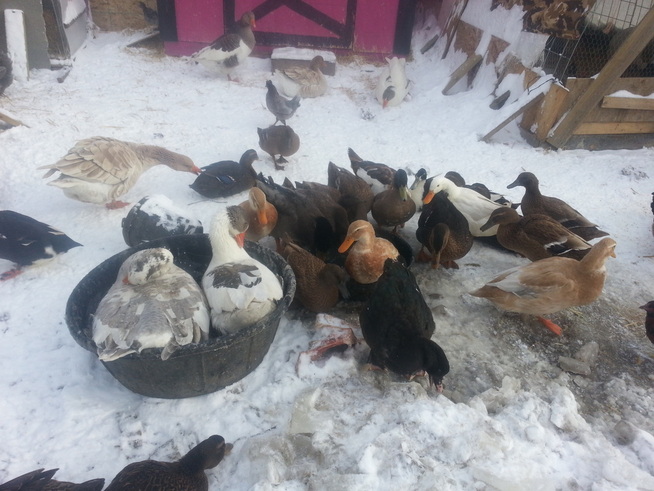
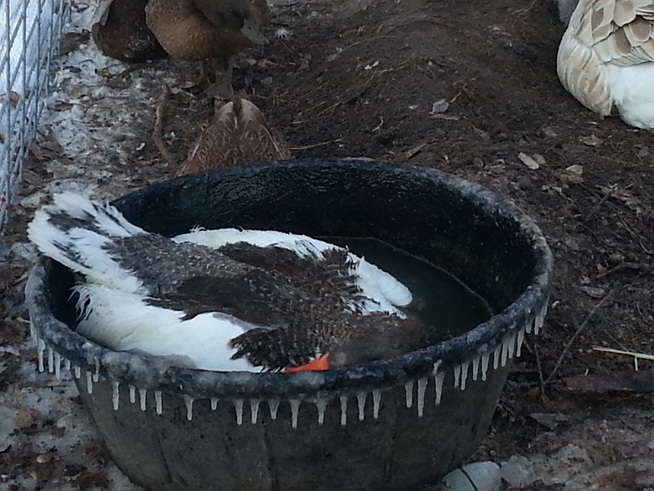
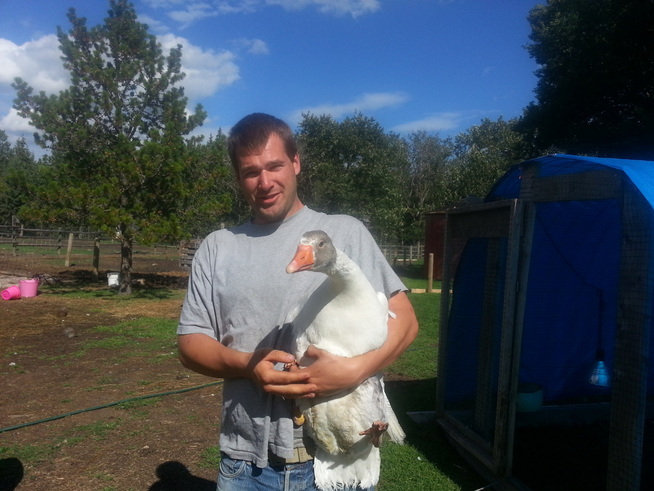
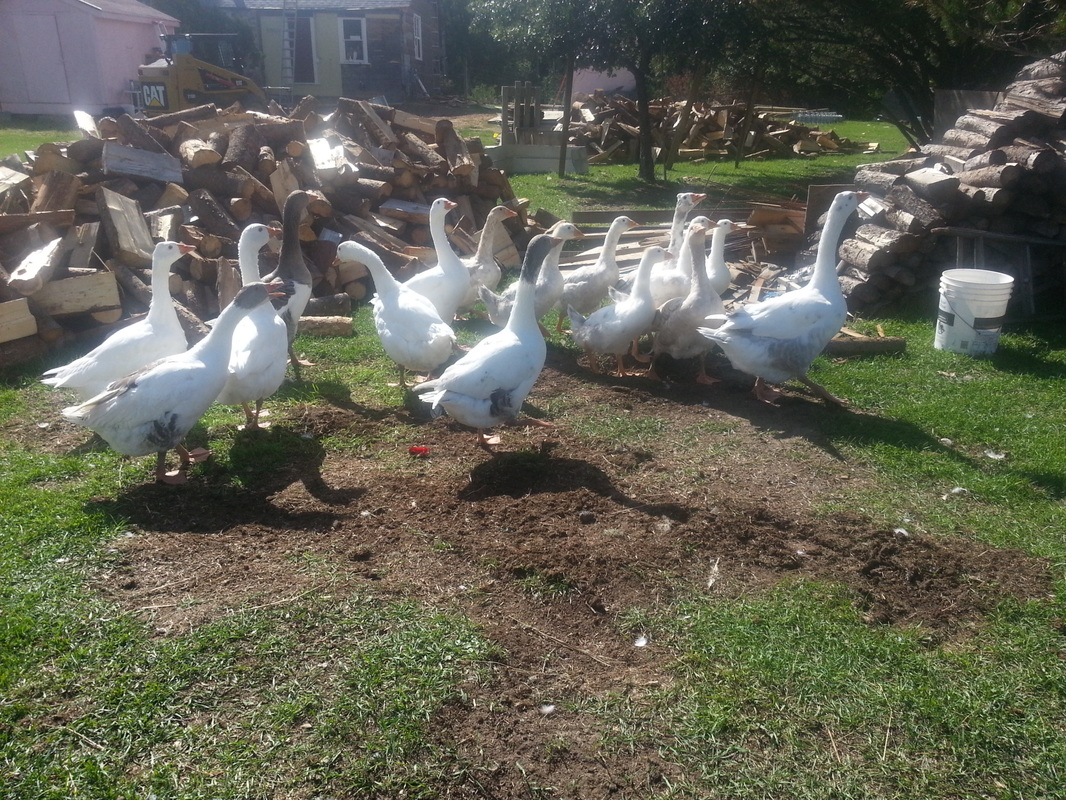
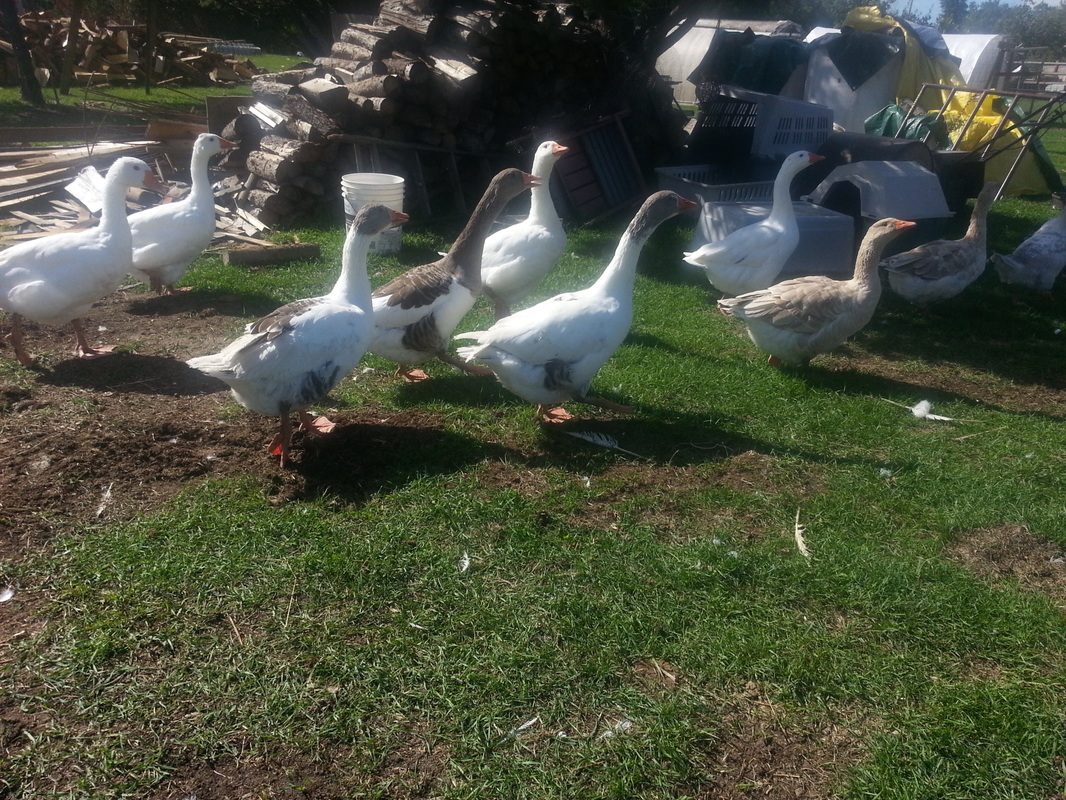
 RSS Feed
RSS Feed